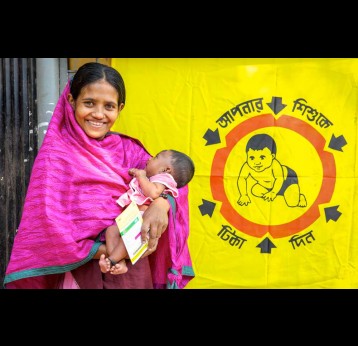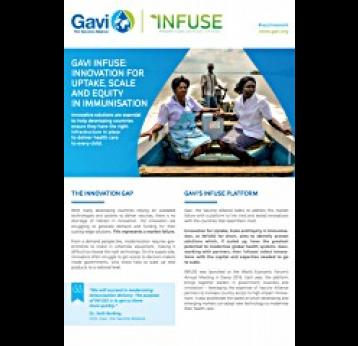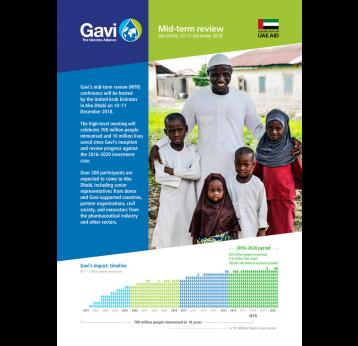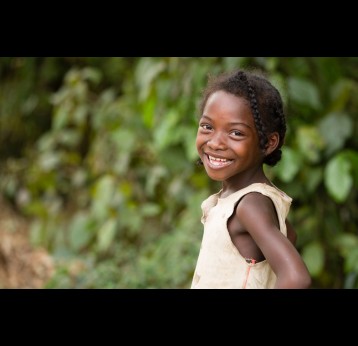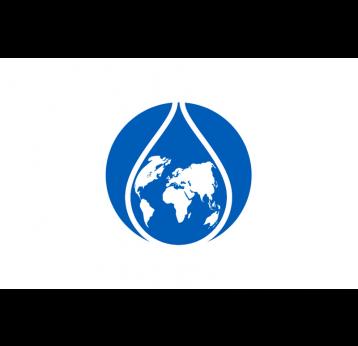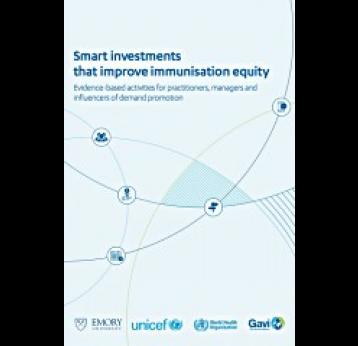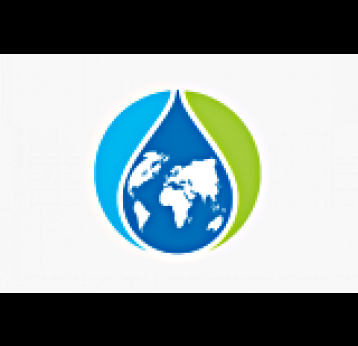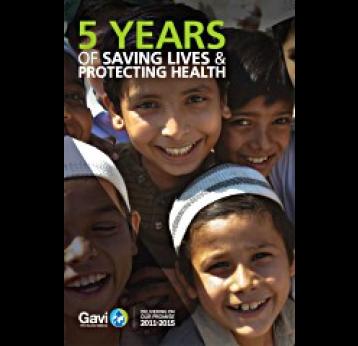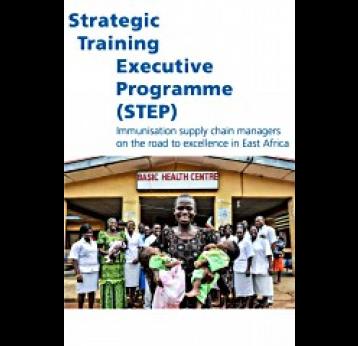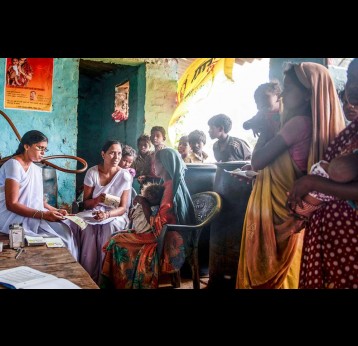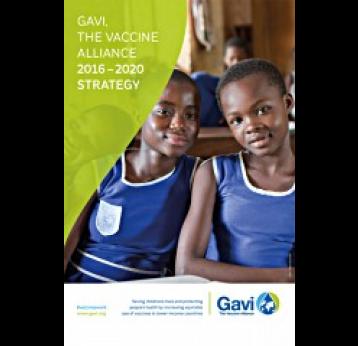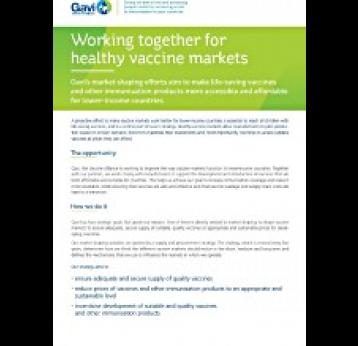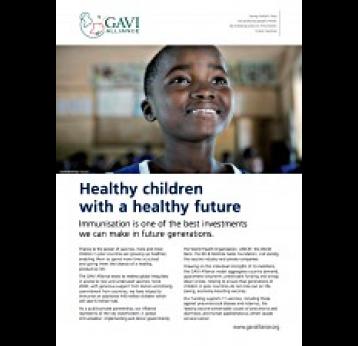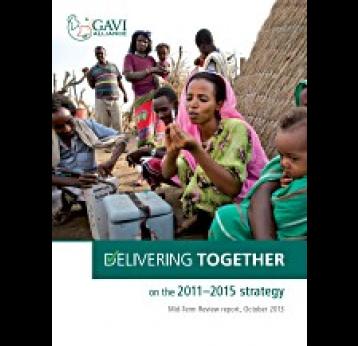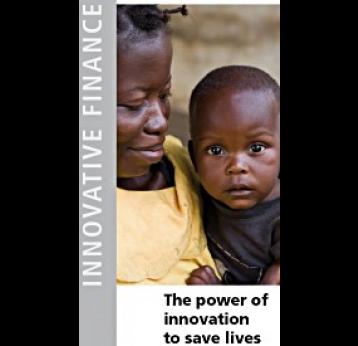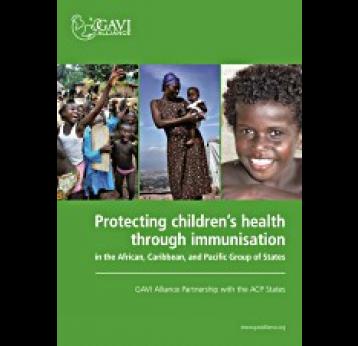Browse through the Gavi publications library that includes fact sheets, annual progress reports, PowerPoint presentations, technical updates, research and partner materials.
Since its inception in 2000 and in collaboration with 40 African governments, Gavi has helped introduce 9 vaccines into routine immunisation programmes in multiple countries, reaching 364 million unique children.
Accelerating COVID-19 Vaccine Deployment
G20 Report.
Statistics measuring our impact on global immunisation.
You can also visit our facts and figures page.
Dr Seth Berkley, CEO, Gavi, the Vaccine Alliance
Biography of Dr Seth Berkley, CEO of Gavi, the Vaccine Alliance.
Cold chain equipment technology guide
This document is designed to guide country applications for cold chain equipment (CCE) support, providing a structured approach to CCE purchasing decisions. It helps identify which devices comply with the requirements of Gavi's cold chain equipment platform, allowing countries to choose solutions that best meet the needs of their health facilities.
Welcome to Gavi’s 2020 Annual Progress Report, the fifth in a series of five covering this strategic period.
Finding the Signal Through the Noise
A landscape review and framework to enhance the effective use of digital social listening for immunisation demand generation.
Geographic information systems and immunisation landscape
Exploring current approaches to leaving no child behind with immunisation by harnessing geospatial technologies and GIS to improve immunisation coverage and equity in low- and middle-income countries.
Welcome to Gavi’s 2019 Annual Progress Report, the fourth in a series of five covering this strategic period.
Gavi support to OIC Member States
Since its inception in 2000, Gavi has provided support to 33 Member States of the Organisation of Islamic Cooperation (OIC).
How we work together: quick start guide for new members of the Vaccine Alliance
New publication illustrates how the different members of the Vaccine Alliance work together and bring their unique skills and competencies to our public-private partnership.
2021-2025 Gavi Investment Opportunity - Executive Summary [Arabic]
The Investment Opportunity for the 2021-2025 period highlights the Alliance’s ambition to build on its success by providing the most comprehensive package of protection yet.
The 20 year history of an Alliance that today protects half the world’s children.
In this edition of our Annual Progress Report, we look back at the third year of the 2016-2020 strategic period and provide a global context for the work of the Vaccine Alliance.
2021-2025 Gavi Investment Opportunity - Executive Summary
The Investment Opportunity for the 2021-2025 period highlights the Alliance’s ambition to build on its success by providing the most comprehensive package of protection yet.
2021-2025 Gavi Investment Opportunity
The 2021-2025 Investment Opportunity highlights the Alliance’s ambition to build on its success by providing the most comprehensive package of protection yet.
Strong supply chains are a critical part of Gavi’s goal to help countries increase the effectiveness and effi ciency of immunisation delivery as an integrated part of health systems.
Factsheet: Gender and immunisation
Gavi, the Vaccine Alliance is committed to ensuring that both boys and girls benefit from life-saving vaccines.
Immunisation and the Sustainable Development Goals
Immunisation is one of the best buys in global health and key to the achievement of the SDG's.
Immunisation: a platform for universal health coverage
Immunisation serves as a strong foundation on which to build universal health coverage (UHC). Download this factsheet to learn more about Gavi’s role in strengthening healthcare systems to advance UHC.
Read about Gavi's proven impact over the past 20 years, and the vision for 2021-2025: Prevent, Protect and Prosper.
Gavi 2016-2020 Mid-Term Review report
Published midway through the 2016–2020 reporting period, this 20-page report describes Gavi’s progress in delivering on the Investment Opportunity commitments made at the 2015 Berlin pledging conference as well as how the Alliance is adjusting to its remaining challenges and setting a vision for the future.
Gavi 2016-2020 Mid-Term Review report - Executive Summary
High-level, two-page overview of Gavi’s progress in delivering on its Investment Opportunity commitments, adjusting to its remaining challenges and setting out a vision for the future.
Launched at Davos in 2016, Innovation for Uptake, Scale and Equity in Immunisation (INFUSE) seeks tried and tested innovations that have potential to improve vaccine delivery. It then “infuses” them with capital and expertise to help take them to scale.
Gavi 2018 Mid-Term Review: quick guide
A two-page overview of Gavi's Mid-Term Review meeting in the United Arab Emirates on 10–11 December 2018.
Evidence-based activities for practitioners, managers and influencers of demand promotion. A guide for discussion facilitators and moderators.
Smart investments that improve immunisation equity
The evidence base for strengthening immunisation demand promotion: tried, tested and novel approaches to engage and motivate communities.
Working session on smart investments that improve immunisation equity
A working session tool for immunisation stakeholders to tailor the evidence base for country plans.
Five years of saving lives & protecting health
The 2011-2015 period was centered on delivering on the promise of saving children’s lives and protecting people’s health by increasing access to immunisation in the poorest countries.
Immunisation supply chain managers on the road to excellence in East Africa
The innovative Strategic Training Executive Programme (STEP) is helping immunisation supply chain managers across the East African Community to hone their skills and provide more effective supply chain leadership.
Strengthening the immunisation supply chain
Download this factsheet to find out how Gavi and its partners support countries to improve their immunisation supply chains.
Gavi, the Vaccine Alliance 2016-2020 Strategy
Five-page brochure sets out Gavi, the Vaccine Alliance's 2016-2020 strategy, detailing our strategic goals, progress indicators, principles and 'strategic enablers'.
Working together for healthy vaccine markets
A brochure describing how the Vaccine Alliance works for healthy vaccine markets
The 2016-2020 GAVI Alliance Investment Opportunity - Executive Summary
The upcoming 2016–2020 strategy period presents a tremendous opportunity to accelerate impact, reach more children with the power of vaccines, and ensure the gains made to date are consolidated and sustained, enabling a healthy future for the next generation.
The 2016-2020 GAVI Alliance Investment Opportunity
The upcoming 2016–2020 strategy period presents a tremendous opportunity to accelerate impact, reach more children with the power of vaccines, and ensure the gains made to date are consolidated and sustained, enabling a healthy future for the next generation.
GAVI Alliance replenishment brochure
Thanks to the power of vaccines, more and more children in poor countries are growing up healthier, enabling them to spend more time at school and giving them the chance of a healthy, productive life. The GAVI Alliance exists to redress global inequities in access to new and underused vaccines.
Mid-Term Review report, October 2013
The GAVI Alliance takes stock of progress in reaching its goals halfway through its five-year strategy (2011-2015).
The annual progress report gives a comprehensive overview of the activities and performance of the GAVI Alliance, illustrating the work and achievements of this public-private partnership.
GAVI Innovative Finance brochure
GAVI’s mission is to save children’s lives and protect people’s health by increasing access to immunisation in poor countries. To that end, GAVI has become a leading force in the use of innovative finance to fund development initiatives that help GAVI. Learn more in this brochure.
GAVI Alliance Partnership with the ACP States
Protecting children’s health through immunisation in the African, Caribbean, and Pacific Group of States
The annual progress report gives a comprehensive overview of the activities and performance of the GAVI Alliance, illustrating the work and achievements of this public-private partnership.
Marking the end of GAVI's first decade, the 2010 Progress Report shows how unprecedented demand, accelerated access to vaccines and strong country ownership have helped save over five million future deaths.
GAVI's 2009 Progress Report paints a picture of developing country commitment and ownership of GAVI programmes. By the end of the year, over 250 million additional children had been vaccinated through GAVI support.
GAVI Alliance funding for civil society organisations: case studies
The purpose of these case studies is to document experiences and lessons learned under the GAVI CSO grant, including the application and selection process, implementation to date, and monitoring and reporting.
By the end of 2008, 3.4 million future deaths have been averted through GAVI support for vaccines. In 2008, GAVI undergoes governance and administrative changes, becoming a Swiss international organisation.
2007 was a landmark year for GAVI: it was the initial year of GAVI's first strategic plan; the new health system strengthening programme starts; over 80% of countries eligible for support receive funding for NVS, INS and ISS.
Gavi Progress Report 2007 Summary
2007 was a landmark year for GAVI: it was the initial year of GAVI's first strategic plan; the new health system strengthening programme starts; over 80% of countries eligible for support receive funding for NVS, INS and ISS.
This report for 2006 is the first of the new 10-year phase of operations which will take us to 2015 and beyond.
In the first five years of GAVI, 15 million more children were reached with basic vaccines, 99 million were reached with new vaccines and 1.2 billion auto-disable syringes were delivered.
After five years in operation, 71 countries out of 75 GAVI-eligible countries have received GAVI support, with one third of resources directed toward strengthening health systems in poorest countries.

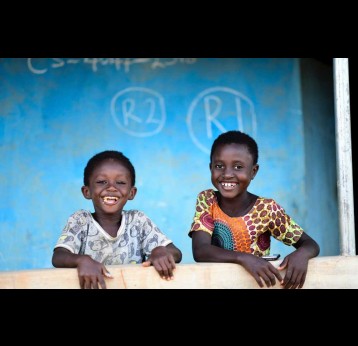
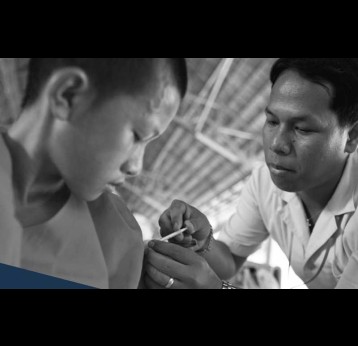
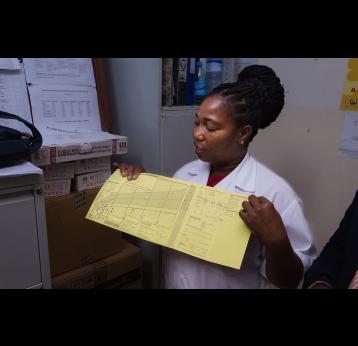
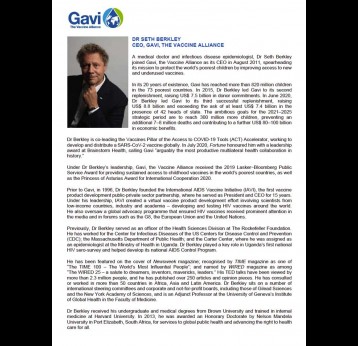
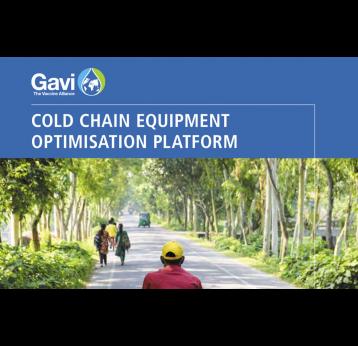
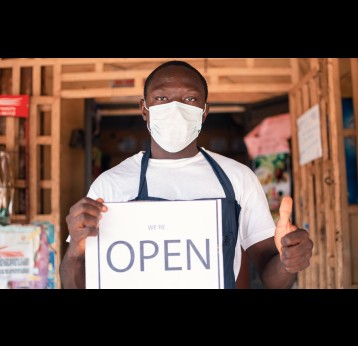
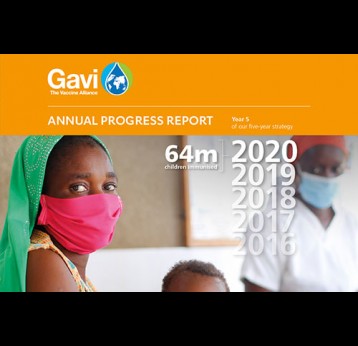
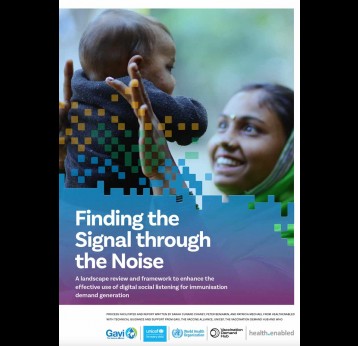

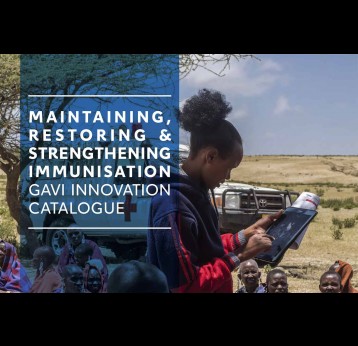
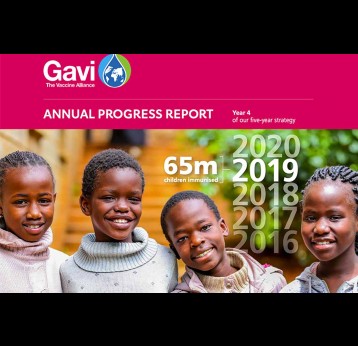
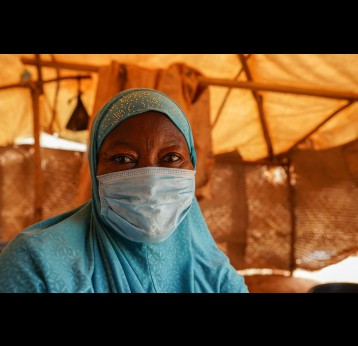
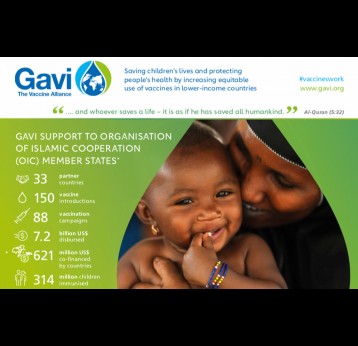
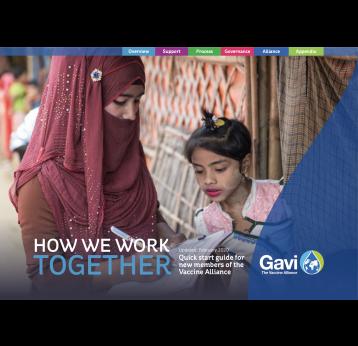
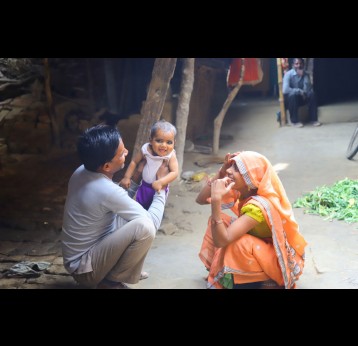
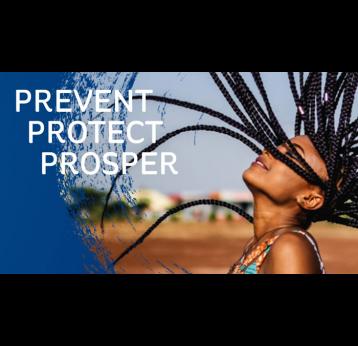


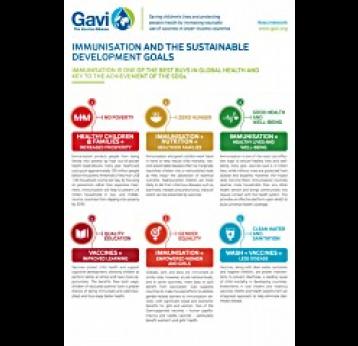
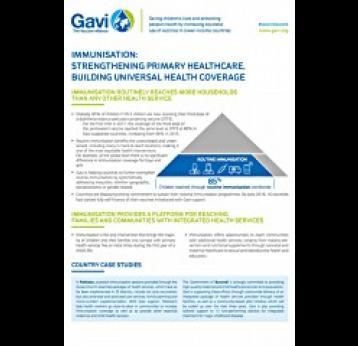

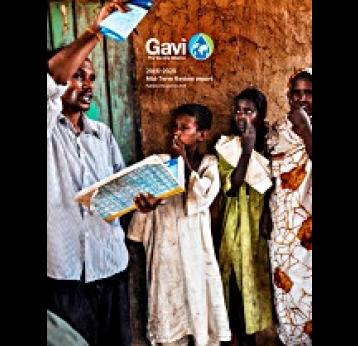
.jpg?itok=1b1wOPUN)
